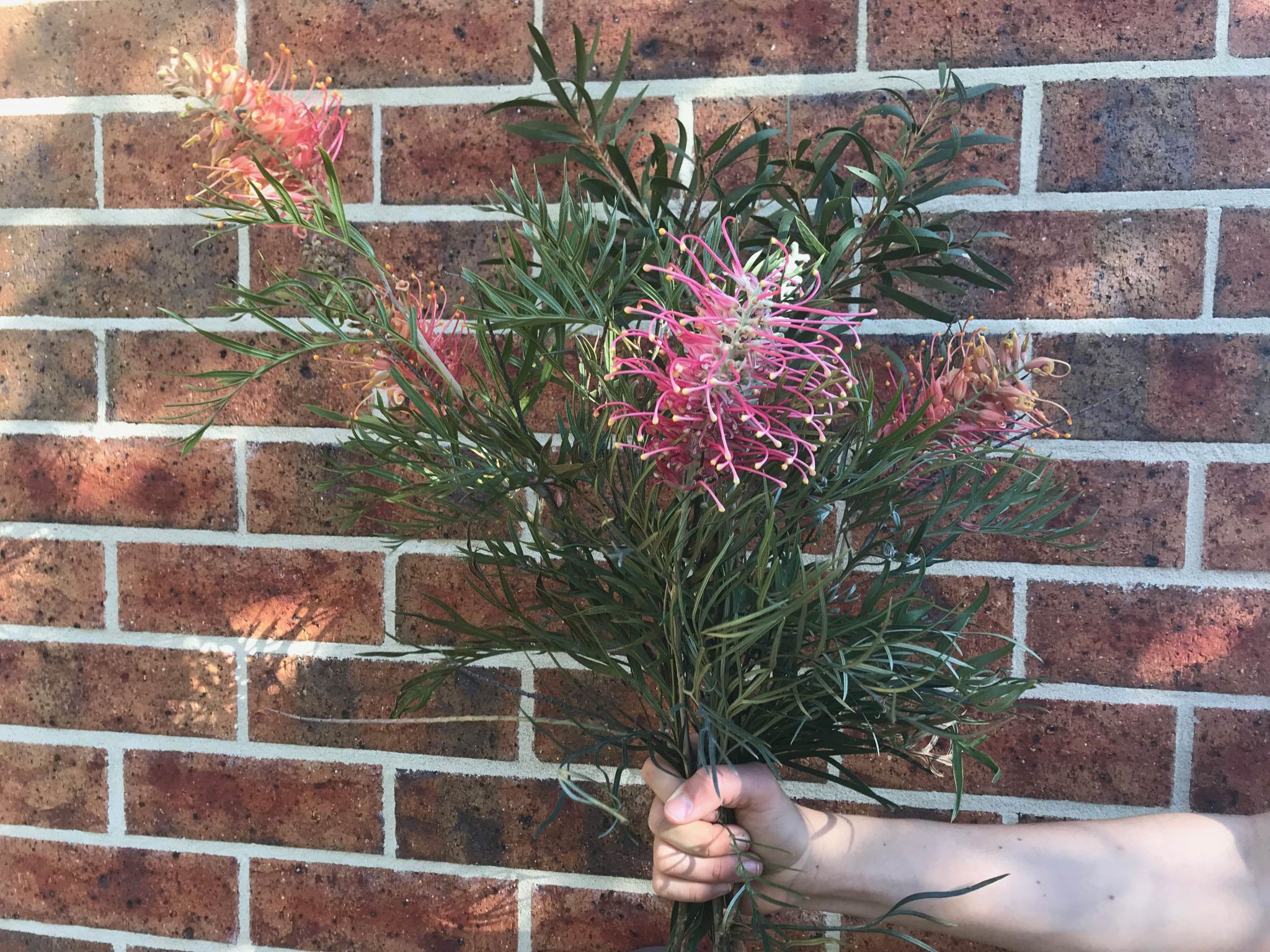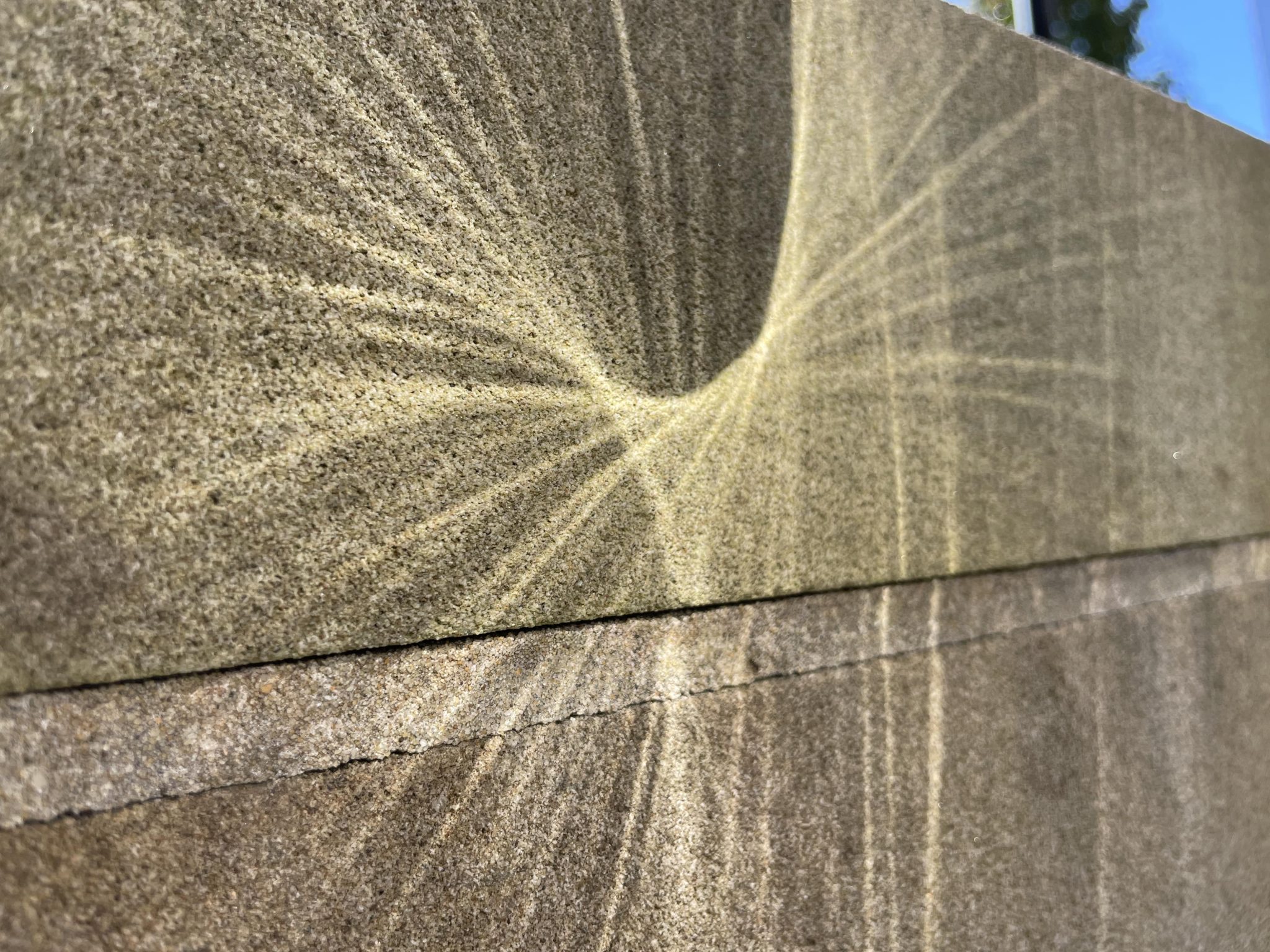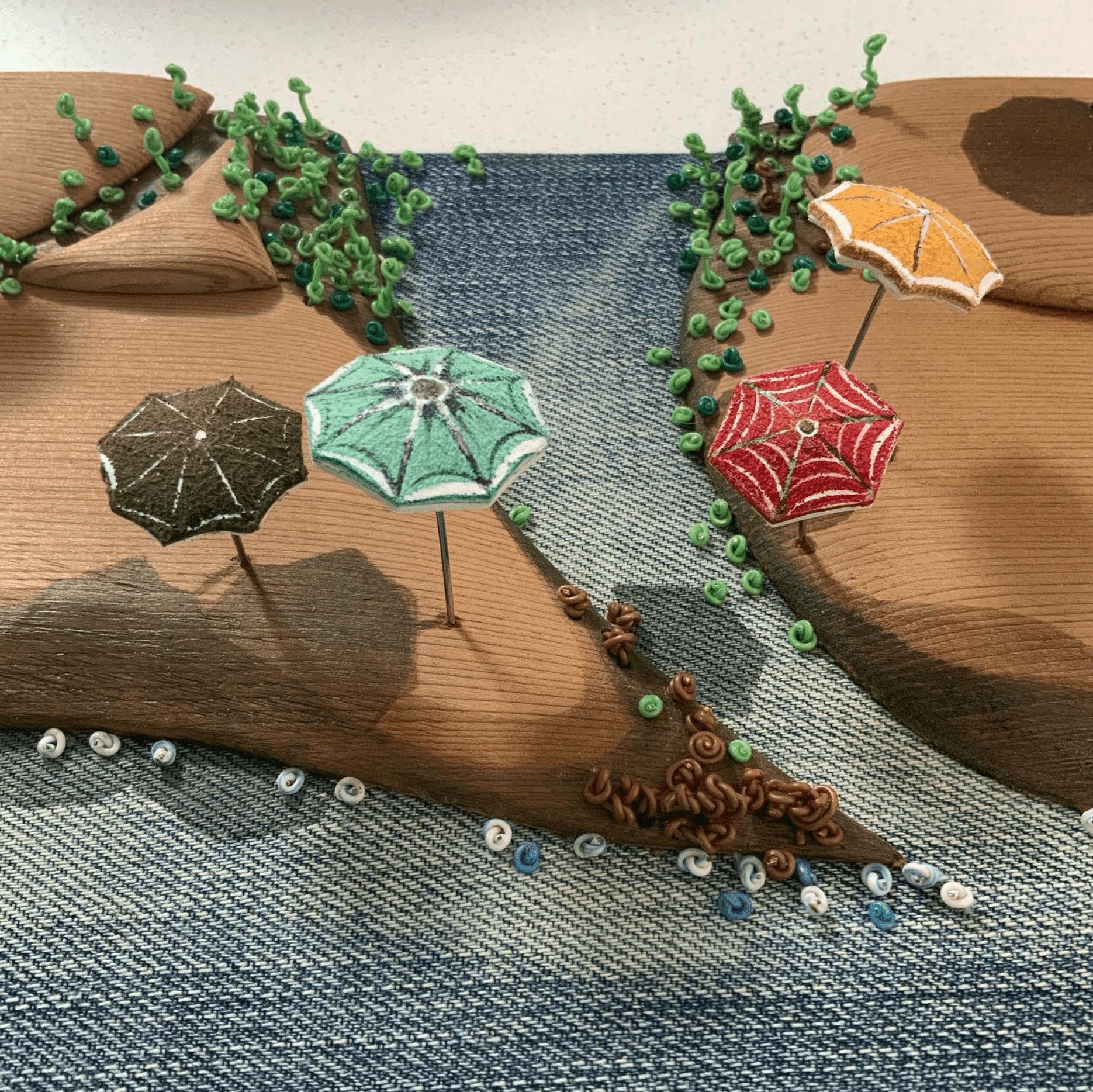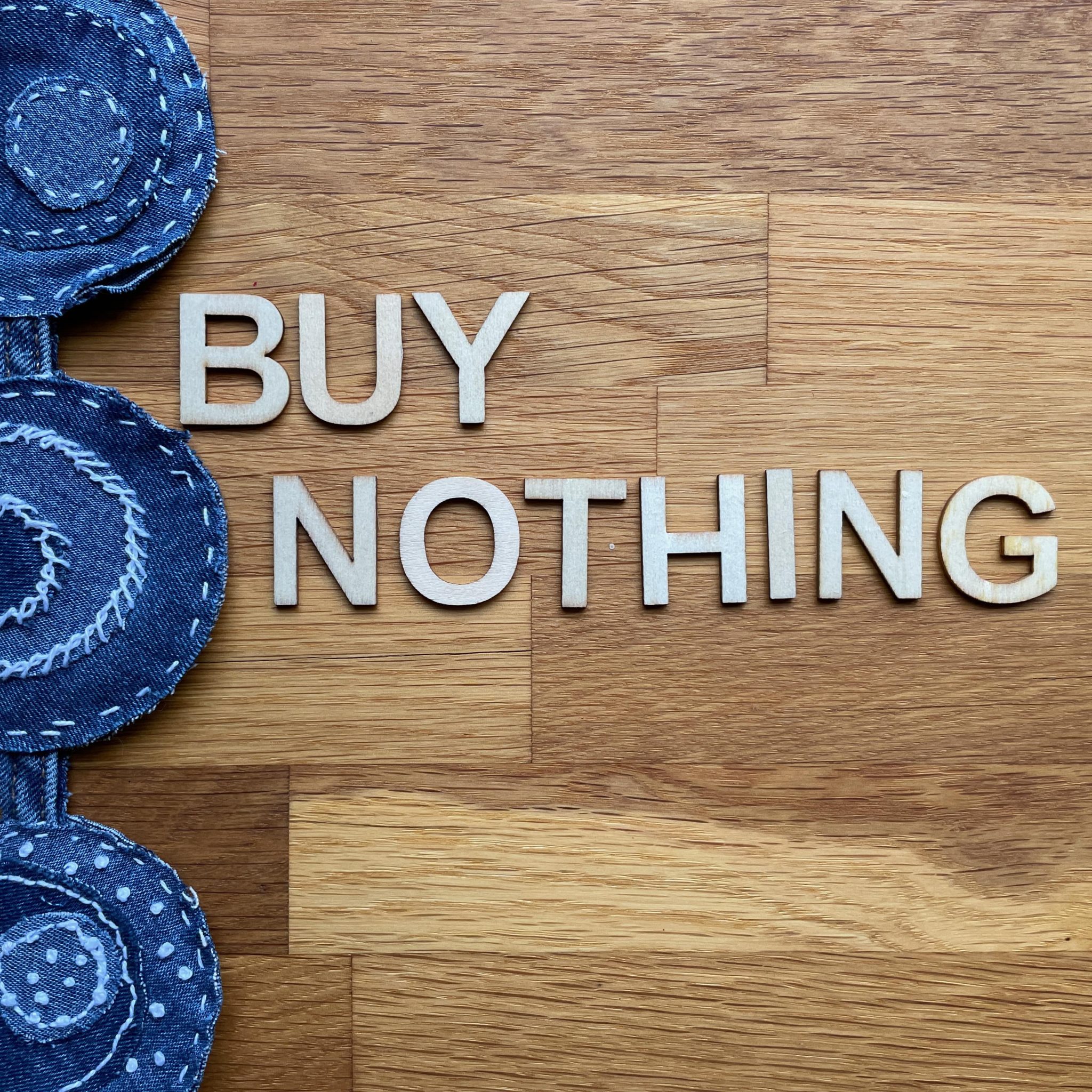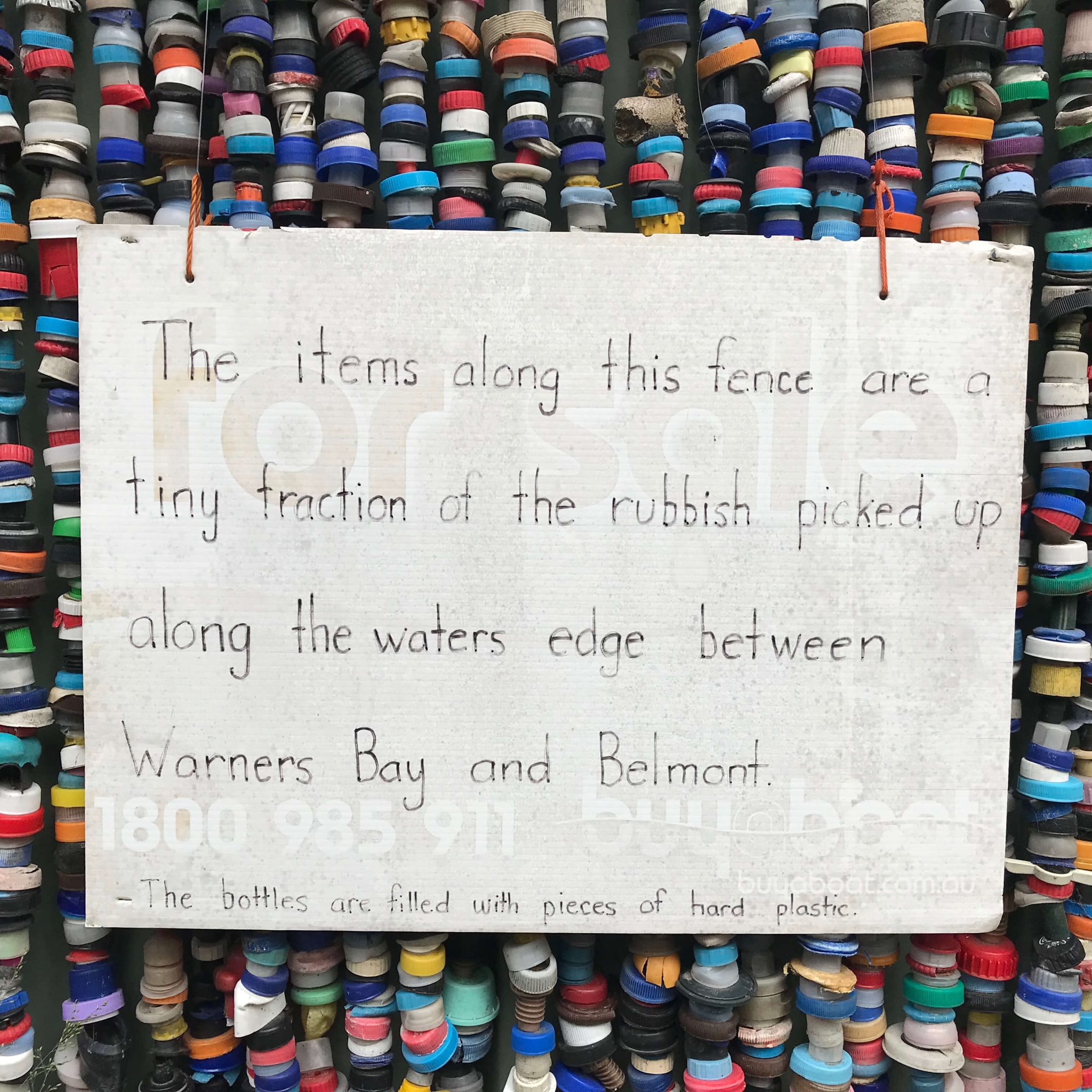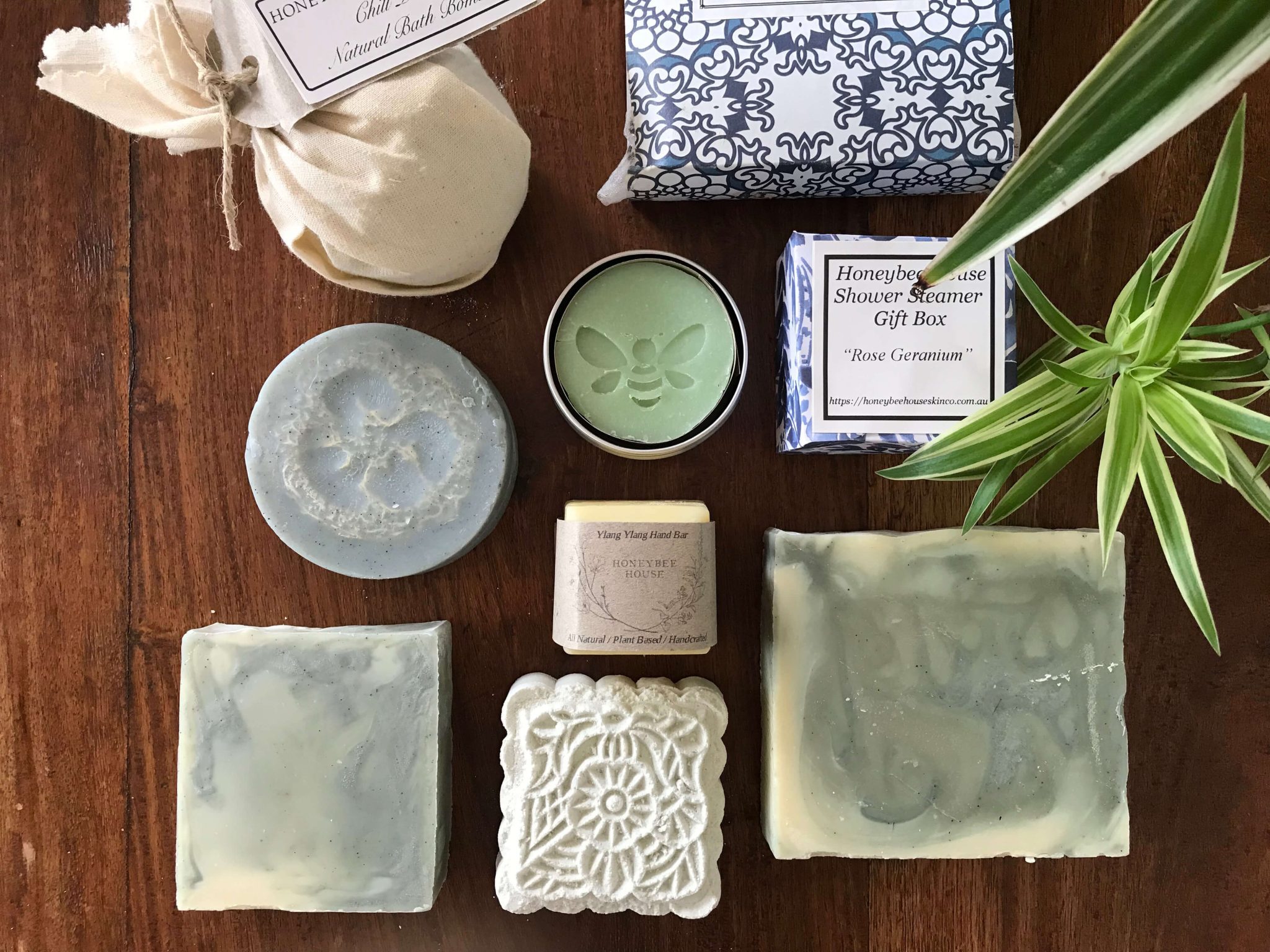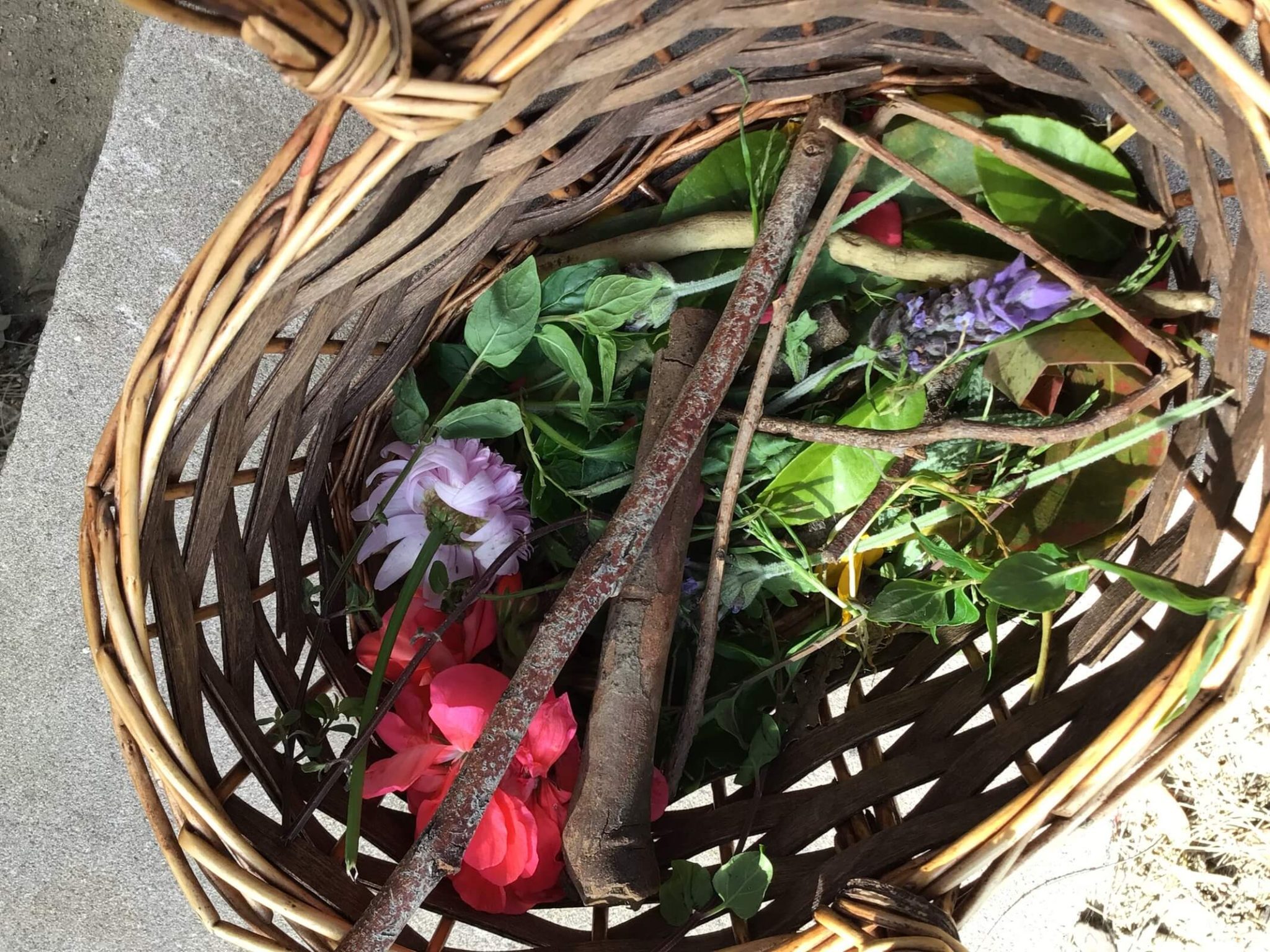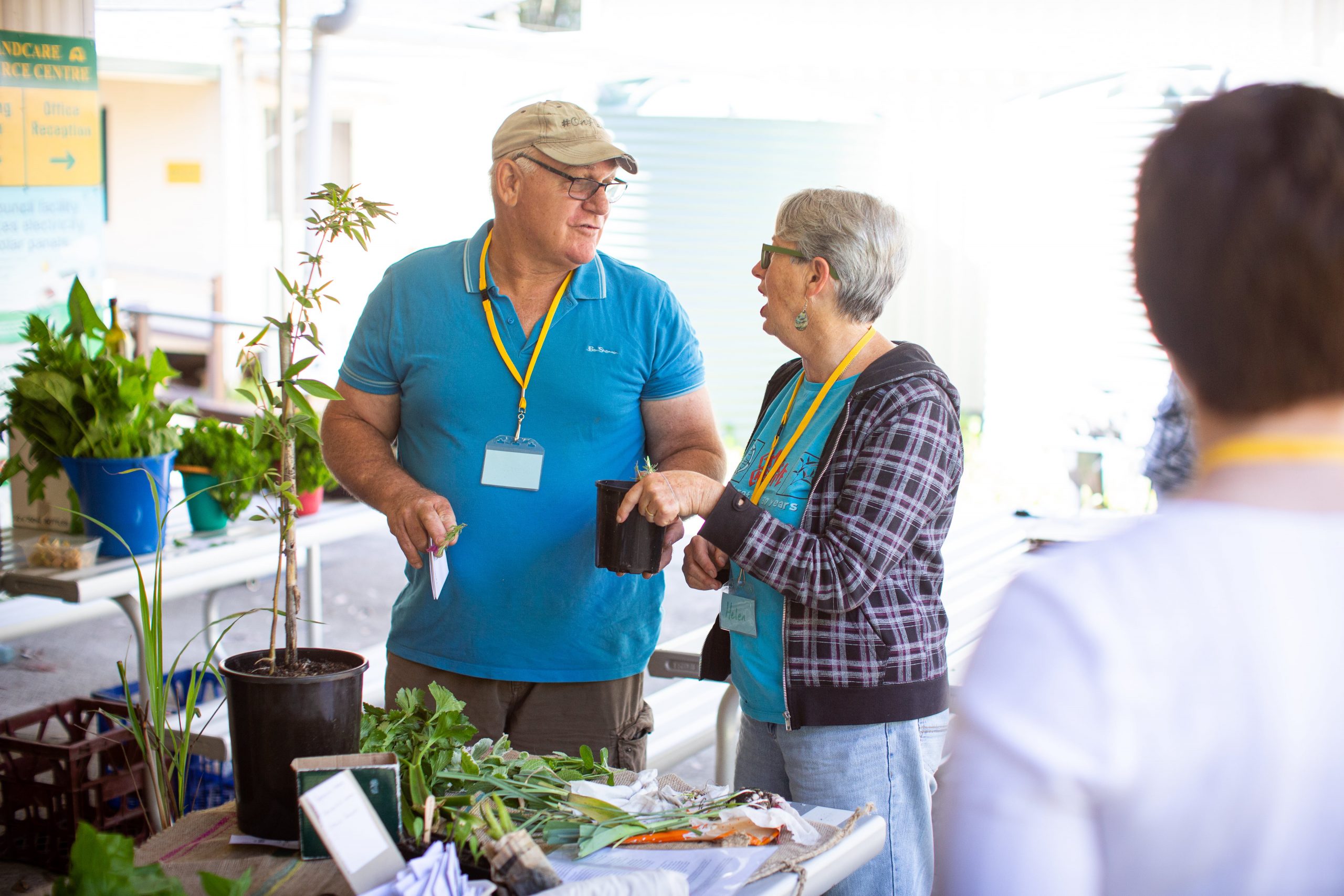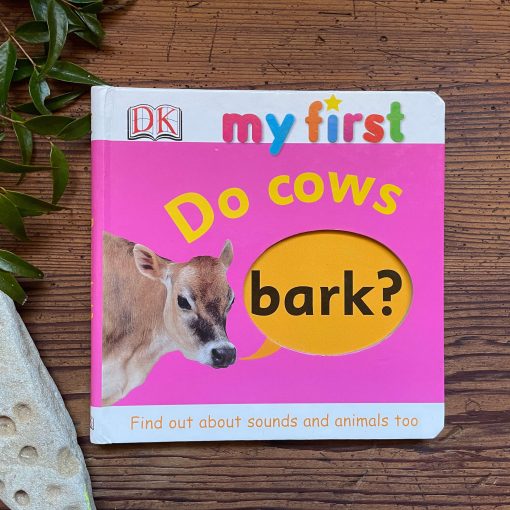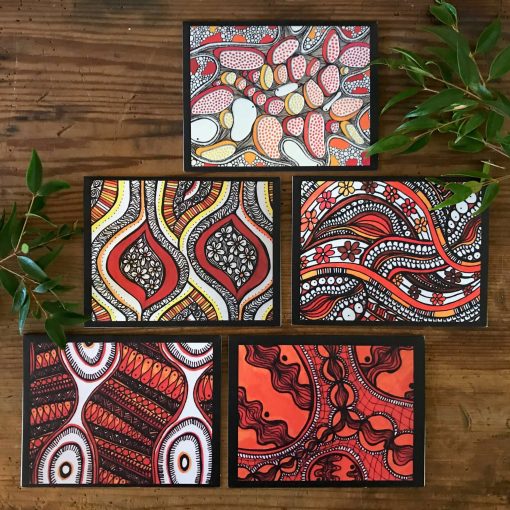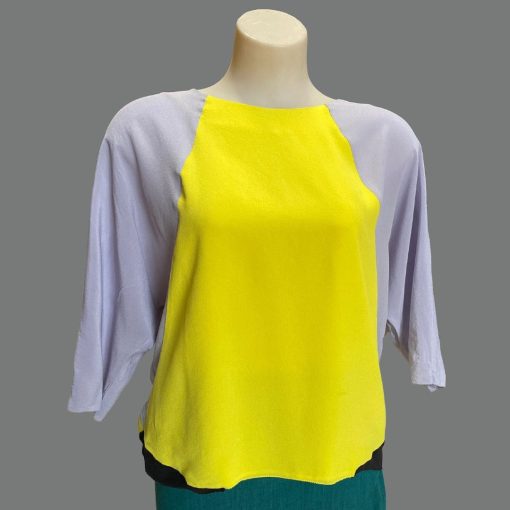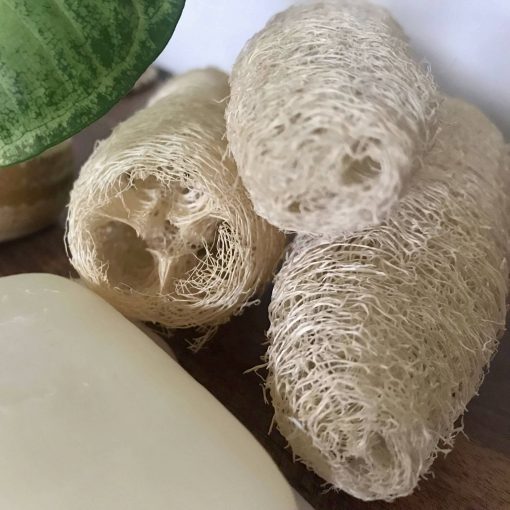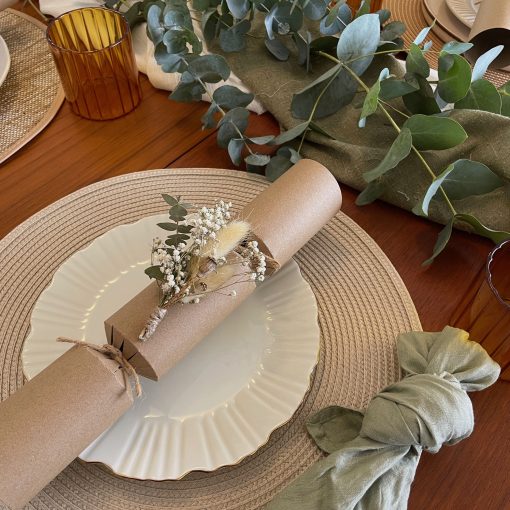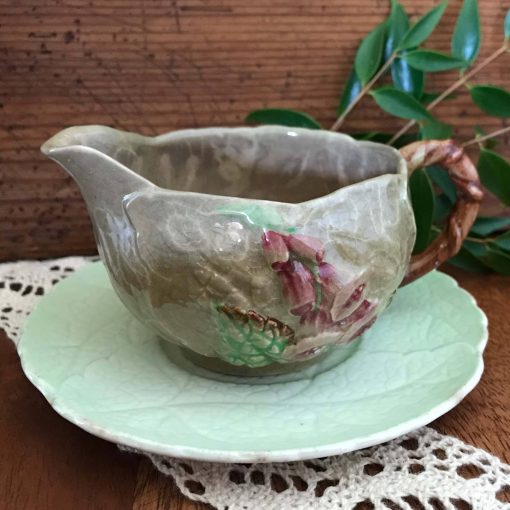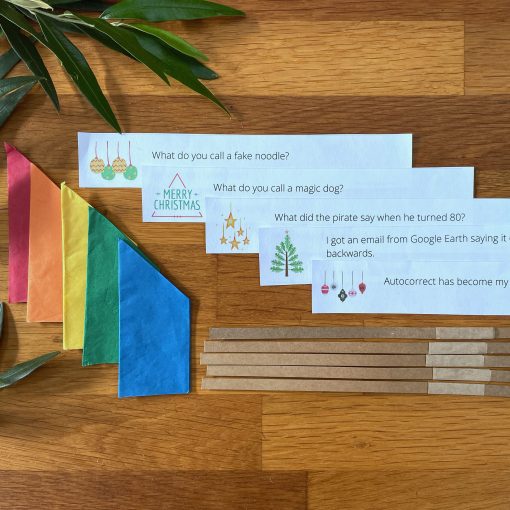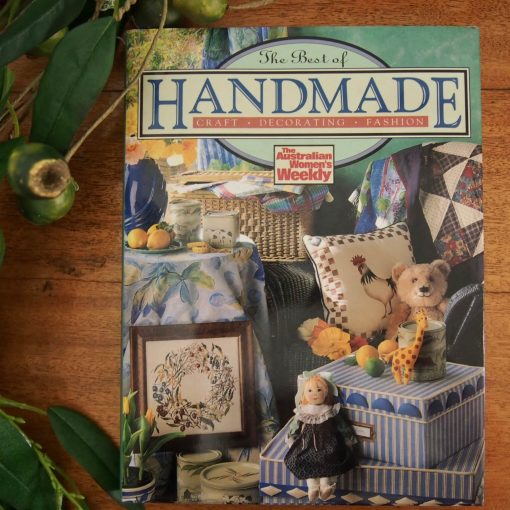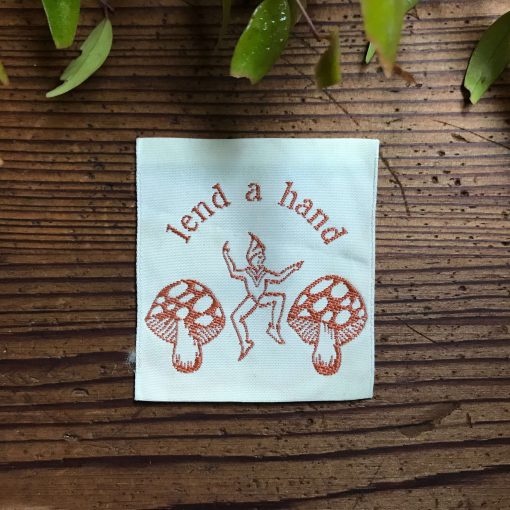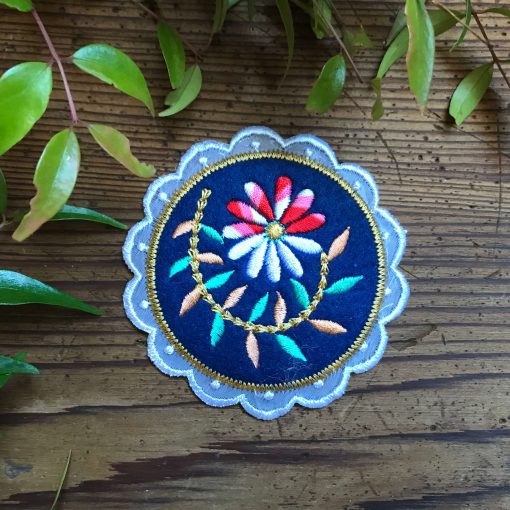In the Home, Making Change, Reduce & Reuse
5 Ways to Reduce Your Need to Buy
The convenience of buying stuff now has moved stealthily into our everyday living psyche. Our “throw away buy new and buy now” culture has been strongly influenced by consumerism, over-consumption, mass production (including mass production of intentionally manufactured short-lived items) and lower price of products.
Generating, creating and producing waste due to the overconsumption is a really big national and global environmental problem.
If consumerism and overconsumption has caught your attention, then maybe you’re looking for a fresh perspective and need practical ways to reduce your waste of resources?
We just need to shift our thinking from a buy new-buy now approach to one of more intentional, open mindedness before making that more convenient purchase. The Buyerarchy of Needs illustration by Sarah Lazarovic is the perfect image to explain these 5 fresh ways to reduce your need to buy now.
The Buyerarchy of Needs
The Buyerarchy of Needs is based on Maslow’s hierarchy of human needs. The smallest part of the triangle is a top-level need that should only be considered when all other options – using, borrowing, swapping, thrifting, making – are exhausted. There are 6 areas of this buyerarchy to consider, yet the first 5 are ways you can reduce your need to buy:
Some links in this post are affiliate links. I may earn from qualifying purchases.
1. Use What You Have
Using what you already have is the first and biggest element for reducing your need to buy stuff now. Give yourself a chance to become more aware of your current way of thinking in order to make actionable adjustments to your new ideal to buy less. Using what you have means being:-
- Creative – can you reuse or repurpose anything in an alternative way?
- Organised – knowing what you already have makes your prior-to-buying decisions a whole lot easier.
- Resourceful – Can you use up all of the food items in your fridge and pantry before buying? Are you able to give a new lease on life of that pair of jeans? My story on lipstick is a tiny example of being resourceful by using what you already have.
2. Borrow
Borrowing is lending something to someone for a short time. It’s a two way sharing ideal where you need to borrow something whilst another person is willing to lend what they already have (goes back to the first element of use what you have). People generally like helping each other out, as it creates a connection to others and your local community. It’s also rethinking the the concept of ownership – do we really need to own things we rarely use?
Knowing where to borrow starts with your community connections. When sourcing stuff to borrow, consider:
- Your neighbours, family and friends – people you already have a great relationship with and can trust!
- Your local library – usually a free service from your local council, libraries are filled with a wonderful and modern selection of actual books, DVD’s, CD’s, magazines and newspapers. They may also have a free online audiobook, magazine and ebook borrowing facility. Libraries are also a fabulous place to connect with others, such as through their book club or minimal cost workshops.
- Street libraries for books only are also gaining traction across Australia. Books come and go as you simply reach in to the library and borrow what takes your fancy. When you’re done, return them to the Street Library network, or pass on to friends.
- The library of things movement is also a growing trend in community borrowing. A small annual membership fee lets you borrow tools and equipment that you may need to use every so often. Based in Canada, The Thingery is a great example of a community owned lending library of things. Close to me is the Newcastle Share Shop – read their story here for inspiration on how this can work in your community.
- Toy libraries provide a selection of quality educational toys suitable for young children. Supporting families, togetherness and developing close community connections are fundamental characteristics of these wonderful borrowing libraries.
3. Swap
Swapping things for alternative things seems to be a very niche and definite skill in Australia. But the ease of swapping home grown food produce is much more sought after and appreciated. Swaps benefit both people involved in the money-free exchange.
On an individual level, swapping eggs in return for a homemade meal made with the eggs (such as quiche or pavlova), seems to be a much easier and more rewarding swap than a thing-based swap. Your swap could also be swapping your surplus of lemons with someone’s oversupply of apples.
4. Thrift
Thrifting is a wonderful element in this thought process of reducing your need to buy new and buy now. Thrifting works two ways – you can thrift to either donate or to purchase.
Depending upon your available opshops, it may take more time than normal retail shopping, but the environmental and community benefits far outweigh the time it takes when you come across that certain just-perfect-for-you item. Purchasing from on an opshop, second hand shop or second hand goods platform is:-
- A lot more affordable,
- Better for the environment – selling goods that have already been preloved reduces landfill,
- Re-using what’s already in circulation,
- Unique – finding pieces for you that may be rare, vintage, retro, “out of fashion” or just not liked by another person will become your new-found loves.
5. Make
Making is the art of handmade and homemade, whether it be with eating and cooking, sewing, handicraft, woodwork, metal work or another way of creating. The trade off is not always cost, rather the enjoyment and benefits of making things:
- Living more sustainably,
- Reducing your ecological footprint
- Being resourceful with items
- Having more control of the end product, such as no preservatives in your cooking
- Personalising it to your style
Little communities are popping up across Australia who make things as a group, such as The Mens Shed and sewing groups for Boomerang Bags.
If you feel that you’re not handy with the making element, seek out people who love to use their making skills to help you out, such as Jessica Wolf Art Design. Jessica is Australian based and makes absolutely stunning hats, bags, tops and dresses from vintage and retro fabrics.
Buy
Buying something is the final element when looking at ways to reduce your need to buy new and buy now. Once all previous elements have been carefully considered, then look at this buying element. Aim to buy a planned purchase (opposed to impulse buying) to replace or replenish items that you regularly use.
Every one of these fresh ways to reduce your need to buy new or buy now is with careful consideration. Of course there will be times when buying is your first option. But for those non-essential needs or wants, becoming more thoughtful and prioritising your purchases is a great skill.
Taking small actions as a community will make a key difference to more achievable sustainable living. Keeping these elements in mind when you feel like you need something is a handy way to plan your reduction in consumption and resources.
Click here for useful resources to support your everyday sustainable living. This includes inspiring sources, online courses and partnership recommendations.
Some links in this post are affiliate links. I may earn from qualifying purchases.

